
Today we’d like to introduce you to Agatha Achindu.
Hi Agatha, so excited to have you on the platform. So before we get into questions about your work-life, maybe you can bring our readers up to speed on your story and how you got to where you are today?
I grew up on my mother’s farm in Cameroon, West Africa, eating the freshest organic food from our garden, or the local farmer’s market. My family used the refrigerator only for cold drinks and leftovers, and we never had convenience foods. As a kid, I enjoyed cooking with my Mami and aunties. By age 9, I was cooking and baking foods my family and friends just couldn’t get enough of.
Later, when I moved to the United States, I experienced a culture shock. I could not easily find the fresh foods I was accustomed to. Everything was packed in cans, designed to sit on shelves for two or more years. The bland color and texture, the offensive smell, and the fact sugar was in everything all shocked me. Packaged food didn’t compare to the fresh food from our backyard garden in Cameroon. I started making my own food, and before you knew it, I was teaching others how to make simple changes to their favorite meals without compromising taste while improving upon the nutritional profile and, thus their overall health. Bake the chicken instead of frying, don’t overcook your greens if you want them to taste good, and pack more nutrients, cook your legumes at home to avoid unnecessary additives and preservatives, etc.
When I was six months pregnant with our youngest child, I remember realizing that the same over-cooked, processed foods were also made for babies. In my naivete, I thought that baby food would be different — and better — since babies need the best nutrition.
But no, peas were a dusty brown, not bright green like fresh peas. I picked up a jar of food and saw that it had an expiration date of 2005 — more than two years away. The food my unborn baby was going to eat was already cooked and waiting on the shelf! This was unacceptable. I knew I was going to have to make food for my youngest child, but the bigger question was: what about all the other parents out there?
I tell people that both my companies founded me. I was so frustrated with commercial baby food I started teaching parents how to make homemade baby food; that community grew to 45k mothers, which eventually led to me leaving corporate America and my job as an IT Executive in 2006 and founded Yummy Spoonfuls, the first nationally distributed fresh frozen organic food for kids.
I realized parents were struggling with their own health and unknowingly passing habits and sometimes preventable chronic diseases to their children through diet and lifestyle. I decided to invest in the parents, went back to school, and became a certified integrative nutrition health coach. In 2016, I launched Life Unprocessed, a boutique wellness and consultancy helping parents uncover their unique optimal health and most importantly, eventually getting off medication for chronic diseases and finding sustainable health for vibrant longevity.
Alright, so let’s dig a little deeper into the story – has it been an easy path overall and if not, what were the challenges you’ve had to overcome?
Oh goodness NO, it hasn’t been a smooth ride at all. I am glad you are asking this particular question because it is often so easy for another small business owner to see the success of another brand, thinking they are the ones with the problem. I like sharing how difficult this journey has been for me. One of the biggest for me was funding; even though my brand was doing so well in Whole Foods Market, Amazon, Dean and Deluca, and a host of other independent health food stores, we couldn’t secure funding or loans. Here is the lesson I learned the hard way. In my early career, I was an executive with a solid income and a sound financial position. I had over $480,000 in a 401k, substantial savings, and several credit cards with high cash advance offers. When I left my job to start my first brand Yummy Spoonfuls, I was credit-worthy, so I funded my start-up using my own resources, and I believed that if I needed money down the road, I would simply go to the bank and borrow the funds. Access to credit had never been an issue, so it never crossed my mind that I would not be able to take out a loan. But that was a big mistake; because a few years in, I had gone through all of my own money, and needed more to keep going. By that time, I was in a very different position. I had no steady income, no ‘job’, and my husband and I had spent all of our savings – everything – and our only asset was our house.
Lenders turned me down for business loans, because I was no longer credit-worthy, having bootstrapped the business for years. There was no way to collateralize a loan at that point. In hindsight, the perfect time to get a bank loan would have been in the beginning, when I was credit-worthy.
Rather than using up all of our resources, I could have leveraged my healthy financial position to secure funding before I even left my corporate job. This is sometimes referred to as “The Magic of OPM – Other People’s Money.”
Alright, so let’s switch gears a bit and talk business. What should we know about your work?
In my work, I am deeply passionate about promoting holistic health through the power of nutrition and lifestyle. As a Certified Integrative Nutrition Health Coach and the founder of Yummy Spoonfuls Organics and Life Unprocessed, a boutique wellness coaching and consultancy. I specialize in advocating for organic, farm-to-table traditions, reconnecting individuals with the roots of their food, and helping clients find an uncomplicated path to sustainable health. I am known for championing the importance of incorporating wholesome, unprocessed ingredients into everyday meals and helping folks find true health. My expertise includes crafting recipes that are both healthy and delicious, as showcased in my cookbook “Bountiful Cooking,” compassionately working with clients to help them regain their health and unlearn myths and traditions that no longer serve them or as a matter-of-fact part of the root of some of their health challenges. What sets me apart is my commitment to bridging the gap between modern dietary trends and the timeless wisdom of traditional food practices, rooted in my indigenous African heritage and my compassionate guidance and decades of knowledge.
I am most proud of helping my clients get off medications for chronic diseases including type 2 diabetes and high blood pressure they had been on for decades and were told they would have to take for the rest of their lives. The human body is truly magical when provided the mind, body, and spirit nourishment it needs to truly thrive. Every time a client experiences this truth gives me hope and oh leaves me feeling so proud of the work I do.
The crisis has affected us all in different ways. How has it affected you and any important lessons or epiphanies you can share with us?
The COVID-19 crisis has been (oh, how I wish I could say it was) a global phenomenon that has affected every community in some form. While the lessons learned may vary based on individual experiences and perspectives, for me as a holistic practitioner, I knew community was an important pillar for sustainable health; even when I would talk to clients about it, it was often a ‘theory’ that they couldn’t see until COVID-19 happened and folks couldn’t see their friends and family, how that drastically impact their overall well-being. It was a wakeup call for society as a whole, it highlighted the importance of health and well-being. Knowing on a global scale that people with a compromised immune system are more susceptible to COVID-19 made folks start paying attention and become more conscious of their whole body (mind, body, and spirit) health.
Pricing:
- Bountiful Cooking: Wholesome Everyday Meals to Nourish You and Your Family – $30.00. Buy Here: https://www.hachettebookgroup.com/titles/agatha-achindu/bountiful-cooking/9780306827204/?lens=hachette-go Description: In “BOUNTIFUL COOKING: Wholesome Everyday Meals to Nourish You and Your Family,” Agatha Achindu, a certified integrative nutritionist and wellness entrepreneur, draws on indigenous wisdom from Africa, blending it with Western science to create 100 fresh and accessible recipes. From Shrimp Tostadas to Sweet-Potato Doughnuts, Achindu not only provides delicious meals but also encourages readers to critically examine food policy, health, and their own empowerment in making nourishing choices, challenging conventional notions about accessibility and affordability in the food industry.
Contact Info:
- Website: https://agathaachindu.com/
- Instagram: https://www.instagram.com/agathaachindu
- Facebook: https://www.facebook.com/AgathaAchindu/
- Linkedin: https://www.linkedin.com/in/agathaachindu
- Twitter: https://twitter.com/agathaachindu
- Youtube: https://www.youtube.com/channel/UCXi4yW4TFjHMUgQcqBIT3Hw
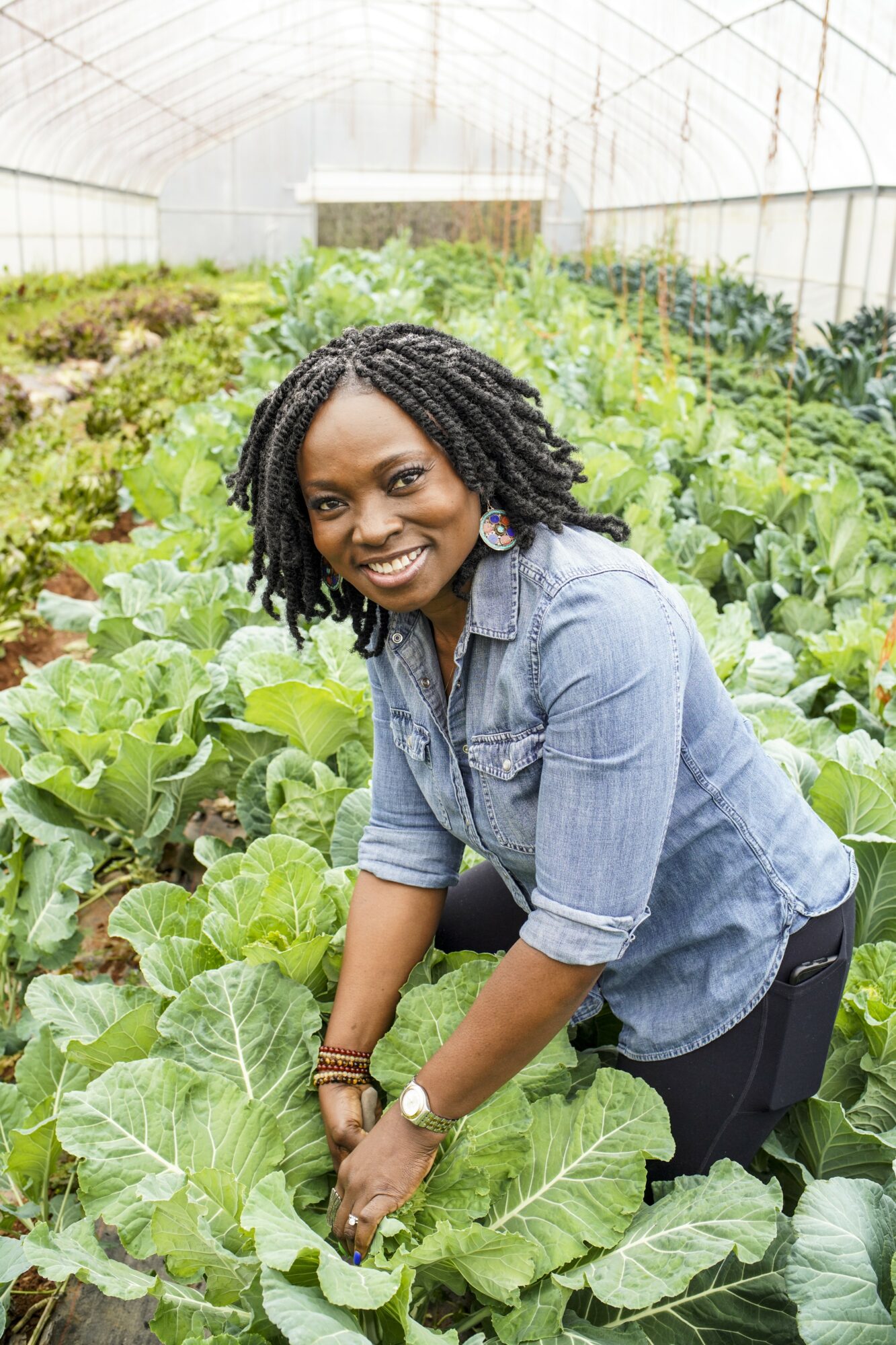

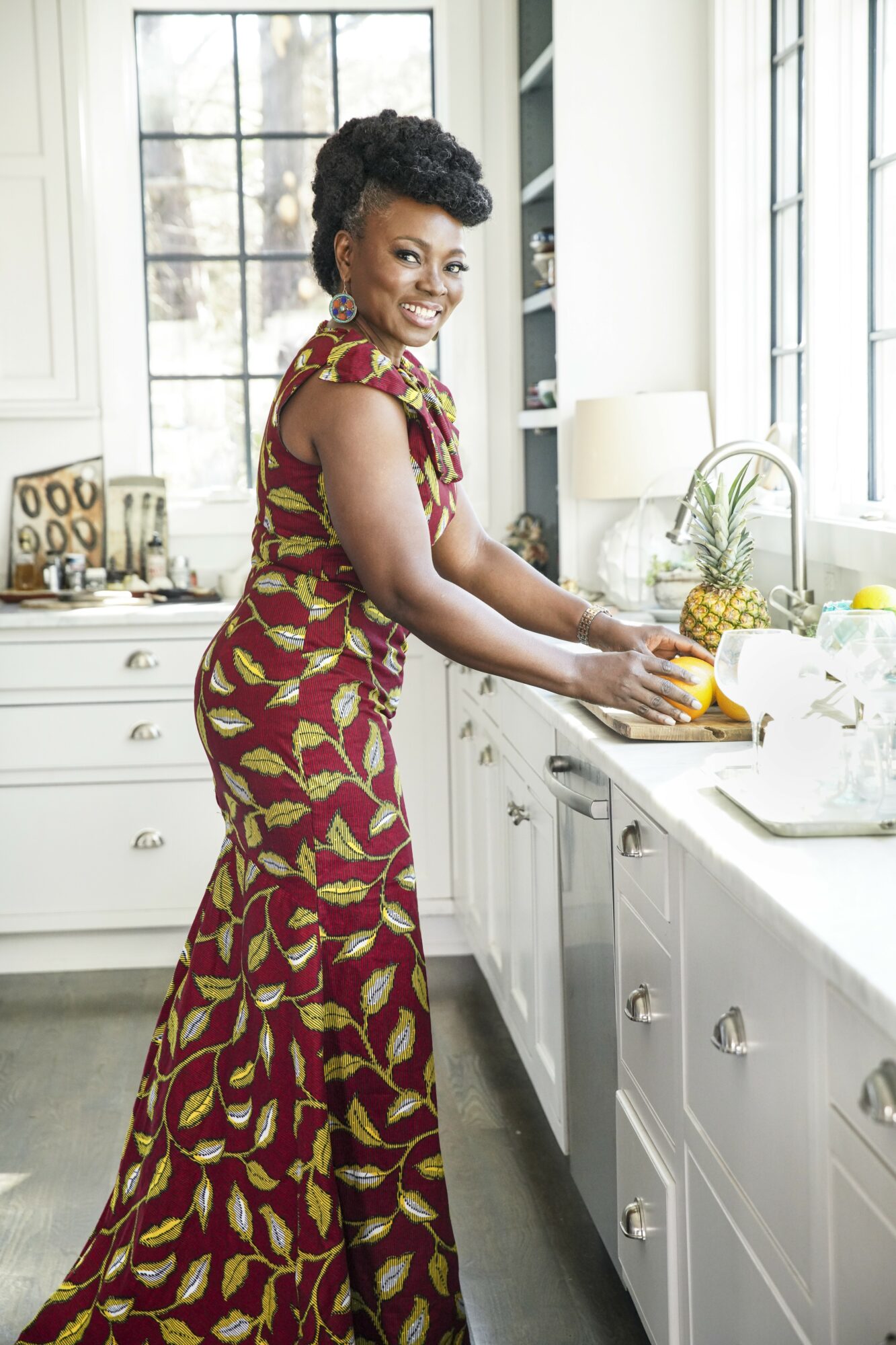
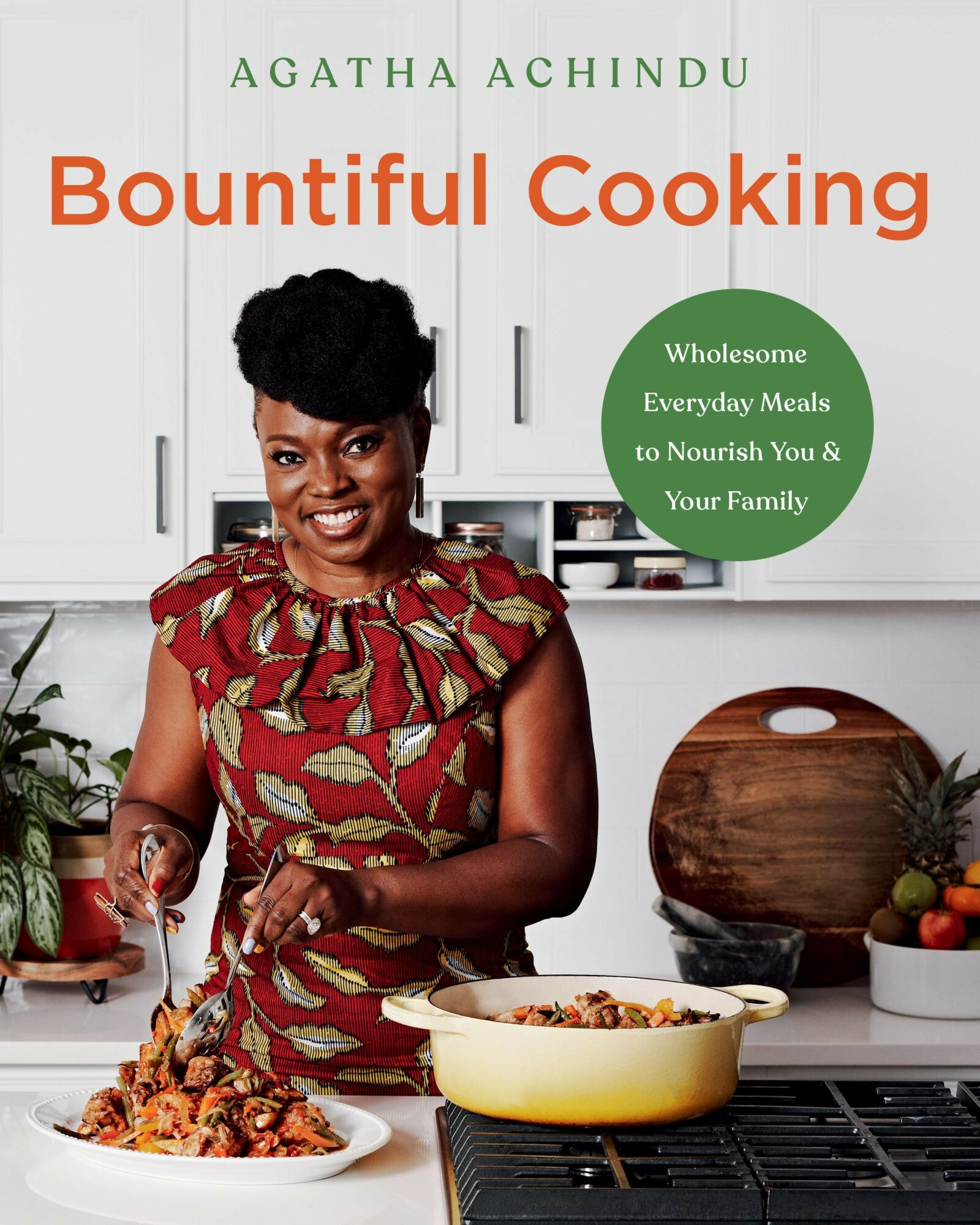





















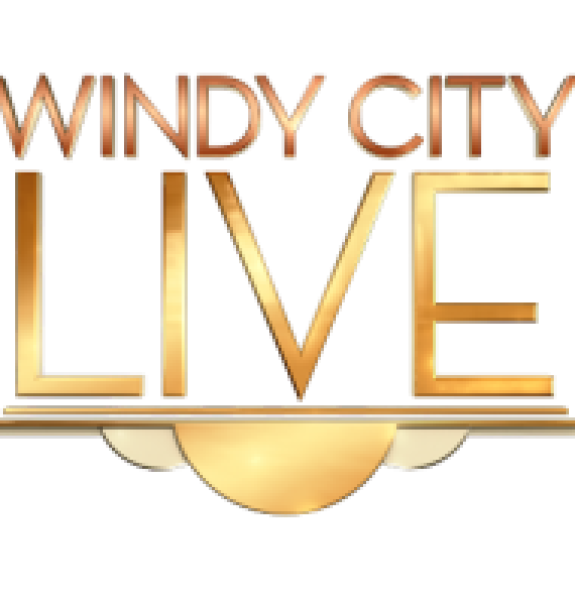
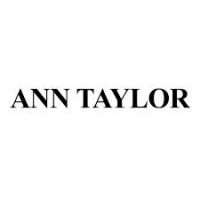


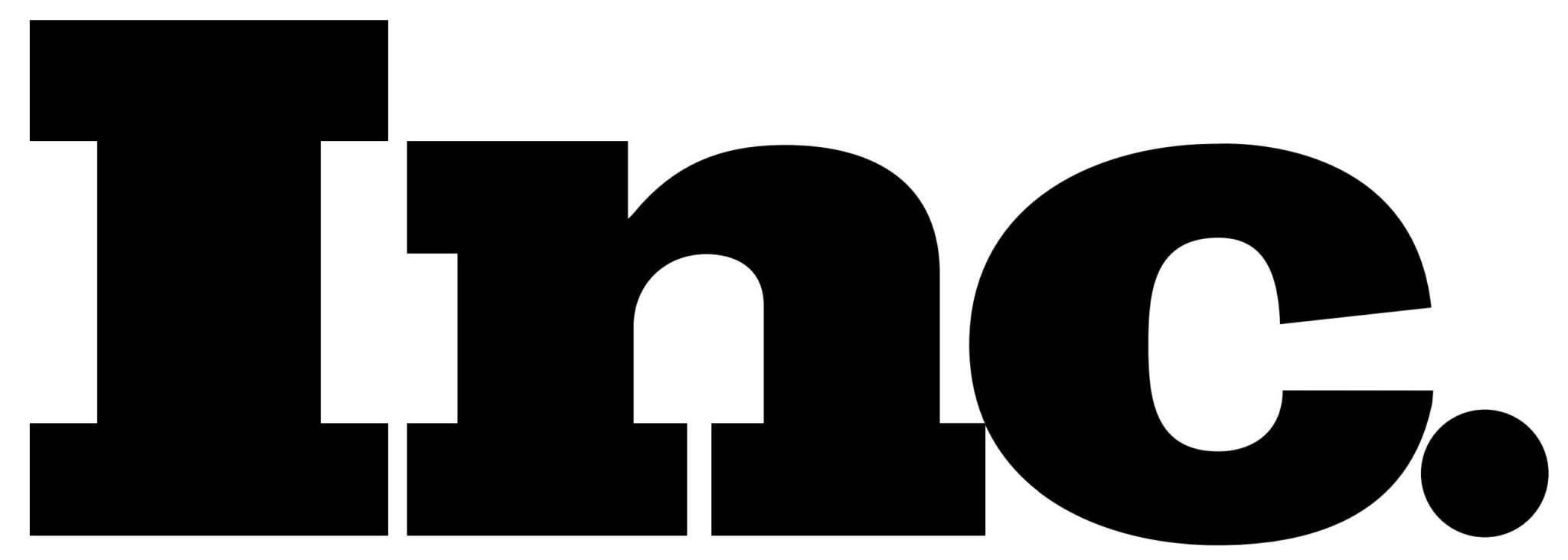











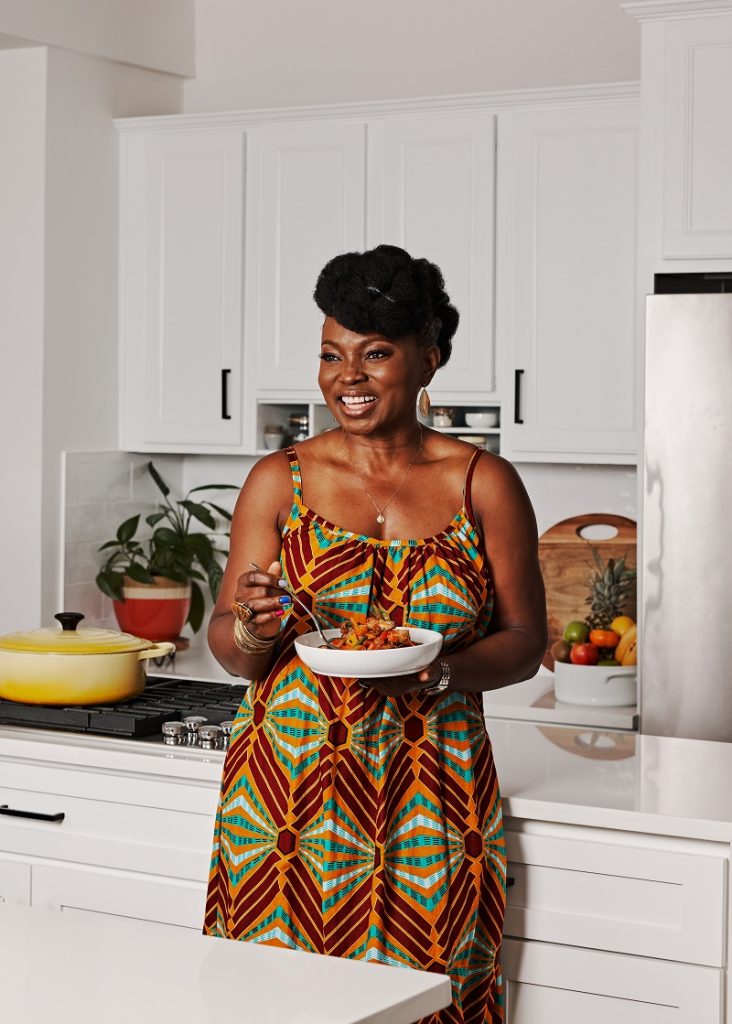 EXCLUSIVE: A nutritionist has revealed her top tips for making the perfect sweet potato waffles this Thanksgiving.
EXCLUSIVE: A nutritionist has revealed her top tips for making the perfect sweet potato waffles this Thanksgiving.




























